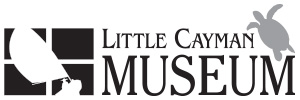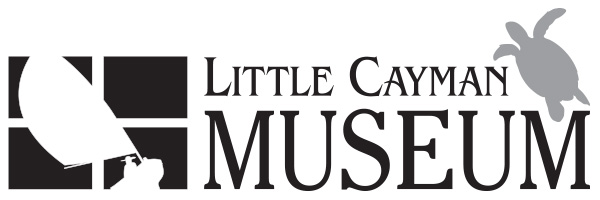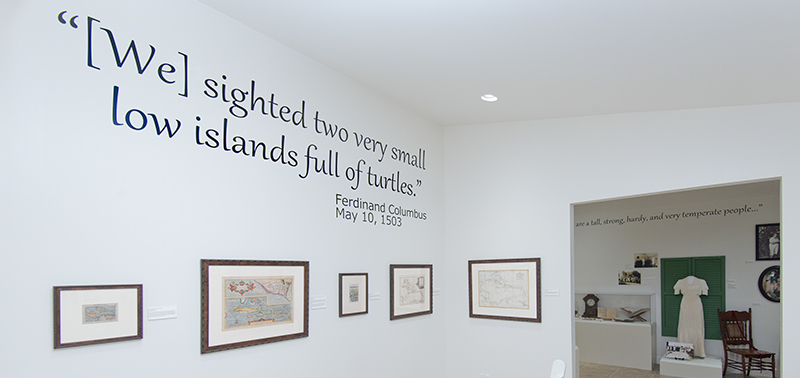Though settlement of Grand Cayman was underway by the 1730s, emigration to the Sister Islands did not begin until a full century later.
Prior to settlement, the islands were known to, and used by, turtlers and fishermen from Grand Cayman and Jamaica. Lured by available land and abundant fishing, early Sister Islanders came largely from a small handful of families, making the eighty-odd mile trip in open canoes. Oral tradition holds that Little Cayman’s earliest residents, the Scotts and Ritches, settled at Bloody Bay and South Hole.
In 1850, when just under two thousand called Grand Cayman home, the combined population of the Sister Islands was fewer than 100 people. By 1900, that number would grow to more than 1500. Little Cayman’s portion of the population always remained small, however, and well into the twentieth century, life here remained simple and remote. Contact with the wider world, even with Grand Cayman, was minimal. With limited access to professional medical care and formal education, Little Caymanians had to depend on their own knowledge and ingenuity. Professional medical care was irregular in Little Cayman until the late 1970s. “If [doctors] were available, they depended upon them, but if they were not available they would go back to the old time cure of certain things: colds and coughs, all that sort of thing,” recalled Captain Theophilus A. Bodden in 1990.
 Well into the 20th century, most Little Caymanians were subsistence farmers, growing a variety of foodstuffs common throughout the West Indies, such as corn, beans, squash, cassava, potatoes, and ground nuts. To these starchy staples, they added breadfruit, bananas, plaintains, and coconuts. Fish and conch rounded out the usual diet. By the 1920s, some better off families kept cattle for beef. Much of the cattle were exported to Jamaica, but some were sold locally—a treat in the Little Caymanian kitchen. Flour and rice were imported luxuries. Until 1885, the Sister Islands had no houses of worship, and were only rarely and briefly visited by passing ministers. Sister Islanders were wholly dependent upon themselves for their religious teaching and observance for many years. Ultimately, the Baptists did establish a mission on the islands, which proved to be enduringly successful. Despite Little Cayman’s lack of a full-time minister until 1997, most Little Caymanians were regular church-goers, and the church was at the center of community life.
Well into the 20th century, most Little Caymanians were subsistence farmers, growing a variety of foodstuffs common throughout the West Indies, such as corn, beans, squash, cassava, potatoes, and ground nuts. To these starchy staples, they added breadfruit, bananas, plaintains, and coconuts. Fish and conch rounded out the usual diet. By the 1920s, some better off families kept cattle for beef. Much of the cattle were exported to Jamaica, but some were sold locally—a treat in the Little Caymanian kitchen. Flour and rice were imported luxuries. Until 1885, the Sister Islands had no houses of worship, and were only rarely and briefly visited by passing ministers. Sister Islanders were wholly dependent upon themselves for their religious teaching and observance for many years. Ultimately, the Baptists did establish a mission on the islands, which proved to be enduringly successful. Despite Little Cayman’s lack of a full-time minister until 1997, most Little Caymanians were regular church-goers, and the church was at the center of community life.


